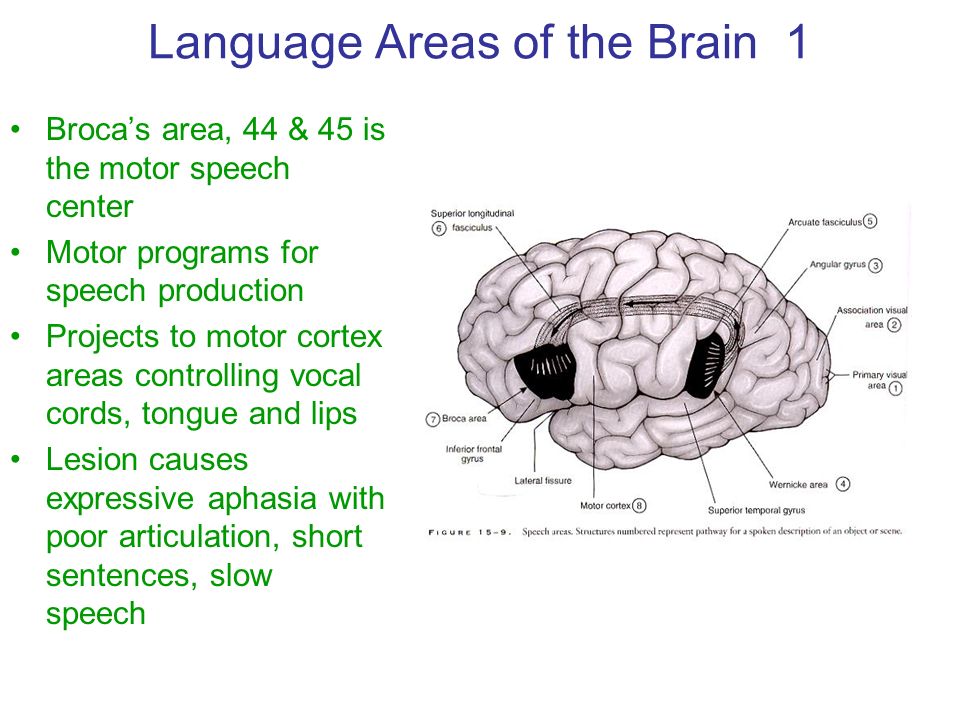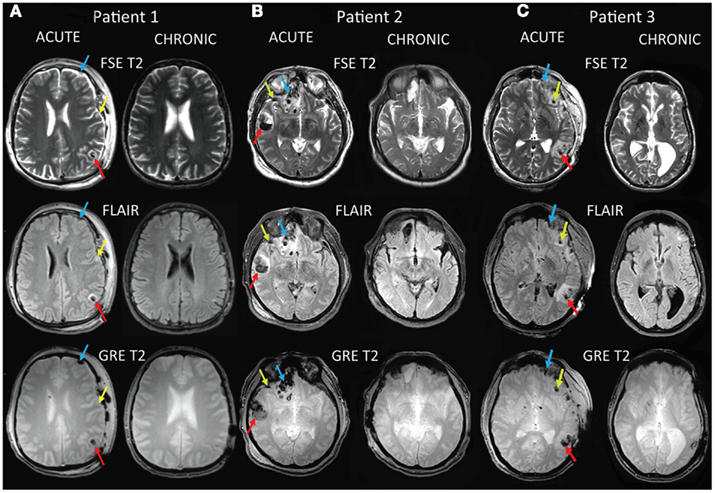What causes white lesions on the brain. Unraveling the Mysteries of White Matter Lesions: Causes, Symptoms, and Treatments
What causes white lesions on the brain? Discover the underlying factors behind white matter disease, its symptoms, diagnosis, and effective management strategies. A comprehensive guide to understanding and addressing this neurological condition.
Understanding White Matter Lesions
White matter disease, also known as white matter lesions, is a condition characterized by the deterioration or breakdown of the white matter in the brain. White matter is the largest and deepest part of the brain, consisting of millions of nerve fibers or axons that connect different regions of the brain and spinal cord, facilitating communication between them.
The white matter owes its color to a fatty substance called myelin, which insulates and protects these nerve fibers, allowing for efficient signal transmission. When the white matter becomes diseased, the myelin breakdown disrupts the smooth flow of signals, leading to various neurological and cognitive impairments.

Causes of White Matter Lesions
The primary causes of white matter lesions are often linked to underlying vascular and metabolic conditions. Some of the key factors contributing to the development of white matter disease include:
- Aging: White matter lesions are more common in older individuals, as the brain’s white matter naturally deteriorates with age.
- Cardiovascular Risk Factors: Conditions like long-term high blood pressure, ongoing blood vessel inflammation, and smoking can increase the risk of white matter lesions.
- Diabetes: Individuals with diabetes have a higher likelihood of developing white matter disease.
- High Cholesterol: Elevated cholesterol levels are associated with an increased risk of white matter lesions.
- Neurological Disorders: Certain neurological conditions, such as Parkinson’s disease, can contribute to the development of white matter lesions.
- Genetic Factors: Some studies suggest that genetics may play a role in the susceptibility to white matter disease.
Symptoms of White Matter Lesions
The symptoms of white matter disease can vary depending on the location and extent of the lesions. Common symptoms include:

- Difficulty learning or remembering new information
- Slowed thinking and problem-solving abilities
- Trouble with balance and coordination, leading to increased falls
- Urinary incontinence or leakage
- Mood changes, such as depression
- Walking difficulties and balance issues
It’s important to note that white matter disease is distinct from Alzheimer’s disease, which primarily affects the brain’s gray matter and is characterized by memory loss and cognitive decline.
Diagnosing White Matter Lesions
Advances in medical imaging, particularly magnetic resonance imaging (MRI), have made it easier to detect and diagnose white matter lesions. MRI scans can show areas of the white matter that appear bright white, or “hyperintense,” indicating damage or disease.
To confirm the diagnosis and rule out other potential causes, your doctor may order additional tests, such as blood tests or neuropsychological assessments, to evaluate your cognitive and neurological functions.
Treating White Matter Lesions
There is no specific treatment for white matter disease, but the primary goal is to address the underlying causes and prevent further progression of the condition. Your doctor may recommend the following interventions:

- Medication: Prescription medications to manage conditions like high blood pressure, high cholesterol, or diabetes may help slow the progression of white matter lesions.
- Lifestyle Changes: Adopting a healthy diet, engaging in regular exercise, and quitting smoking can all contribute to better cardiovascular health and potentially slow the development of white matter disease.
- Cognitive Rehabilitation: Targeted cognitive exercises and therapies may help improve cognitive function and compensate for any deficits caused by white matter lesions.
While white matter disease is a progressive condition, early detection and proactive management can significantly improve outcomes and quality of life for those affected.
Preventing White Matter Lesions
To reduce the risk of developing white matter lesions, it is essential to address the underlying risk factors. Here are some key prevention strategies:
- Maintain healthy blood pressure levels through diet, exercise, and medication as needed.
- Manage diabetes effectively by following your doctor’s recommendations for diet, physical activity, and medication.
- Keep cholesterol levels in a healthy range through a balanced diet and, if necessary, cholesterol-lowering medications.
- Quit smoking and avoid exposure to other harmful toxins.
- Engage in regular physical activity, such as brisk walking, swimming, or cycling, for at least 150 minutes per week.
- Adopt a heart-healthy, low-fat, low-salt diet rich in fruits, vegetables, and whole grains.
By proactively addressing these modifiable risk factors, you can take an important step towards preserving the health of your brain’s white matter and reducing the likelihood of developing white matter lesions.

Conclusion
White matter lesions are a complex neurological condition that can have significant impacts on cognitive function, mood, and physical abilities. Understanding the underlying causes, recognizing the symptoms, and seeking timely medical intervention are crucial for managing this progressive condition.
By working closely with your healthcare team and adopting a proactive approach to cardiovascular and metabolic health, you can take meaningful steps to prevent or slow the progression of white matter lesions, ultimately preserving your brain health and quality of life.
White Matter Disease: Causes, Symptoms, Treatment
Written by Kelli Miller
- What Causes It?
- What Are the Symptoms?
- How Is It Diagnosed?
- How Is It Treated?
- Can It Be Prevented?
White matter disease is the wearing away of tissue in the largest and deepest part of your brain that has a number of causes, including aging. This tissue contains millions of nerve fibers, or axons, that connect other parts of the brain and spinal cord and signal your nerves to talk to one another. A fatty material called myelin protects the fibers and gives white matter its color.
This type of brain tissue helps you think fast, walk straight, and keeps you from falling. When it becomes diseased, the myelin breaks down. The signals that help you do these things can’t get through. Your body stops working like it should, much like a kink in a garden hose makes the water that comes out go awry.
White matter disease happens in older or elderly people. There are ways to prevent or even reverse this condition, but you need to start now.
There are ways to prevent or even reverse this condition, but you need to start now.
Many different diseases, injuries, and toxins can cause changes in your white matter. Doctors point to the same blood vessel problems that lead to heart trouble or strokes:
- Long-term high blood pressure
- Ongoing blood vessel inflammation
- Smoking
It may be worse for women. You may also be more likely to get it if you have:
- Diabetes
- High cholesterol
- Parkinson’s disease
- History of stroke
Genetics may also play a role.
White matter helps you problem-solve and focus. It also plays an important role in mood, walking, and balance. So when something’s wrong with it, you might notice:
- Trouble learning or remembering new things
- A hard time with problem solving
- Slowed thinking
- Leaking urine
- Depression
- Problems walking
- Balance issues and more falls
White matter disease is different from Alzheimer’s, which affects the brain’s gray matter. If you’re having memory problems or a loved one is, a doctor will need to run tests to make a diagnosis.
If you’re having memory problems or a loved one is, a doctor will need to run tests to make a diagnosis.
Advances in medical imaging have made white matter disease easier to spot. A magnetic resonance imaging (MRI) test, which takes pictures of the inside of your brain, can show any damage. Changes to white matter will show up super-bright white (your doctor may call this “hyperintense”) on an MRI scan. You may need more tests to rule out other causes.
There isn’t a specific treatment. The goal is to treat the cause of the damage and stop the disease from getting worse. Your doctor may prescribe medicines to lower your blood pressure or cholesterol. If you smoke, you should quit.
Age-related white matter disease is progressive, meaning it can get worse. But you can take steps to stop it from spreading. Scientists think you might even be able to repair the damage, if you catch it early.
Keep your blood pressure and blood sugar in check. That can lead to white matter changes.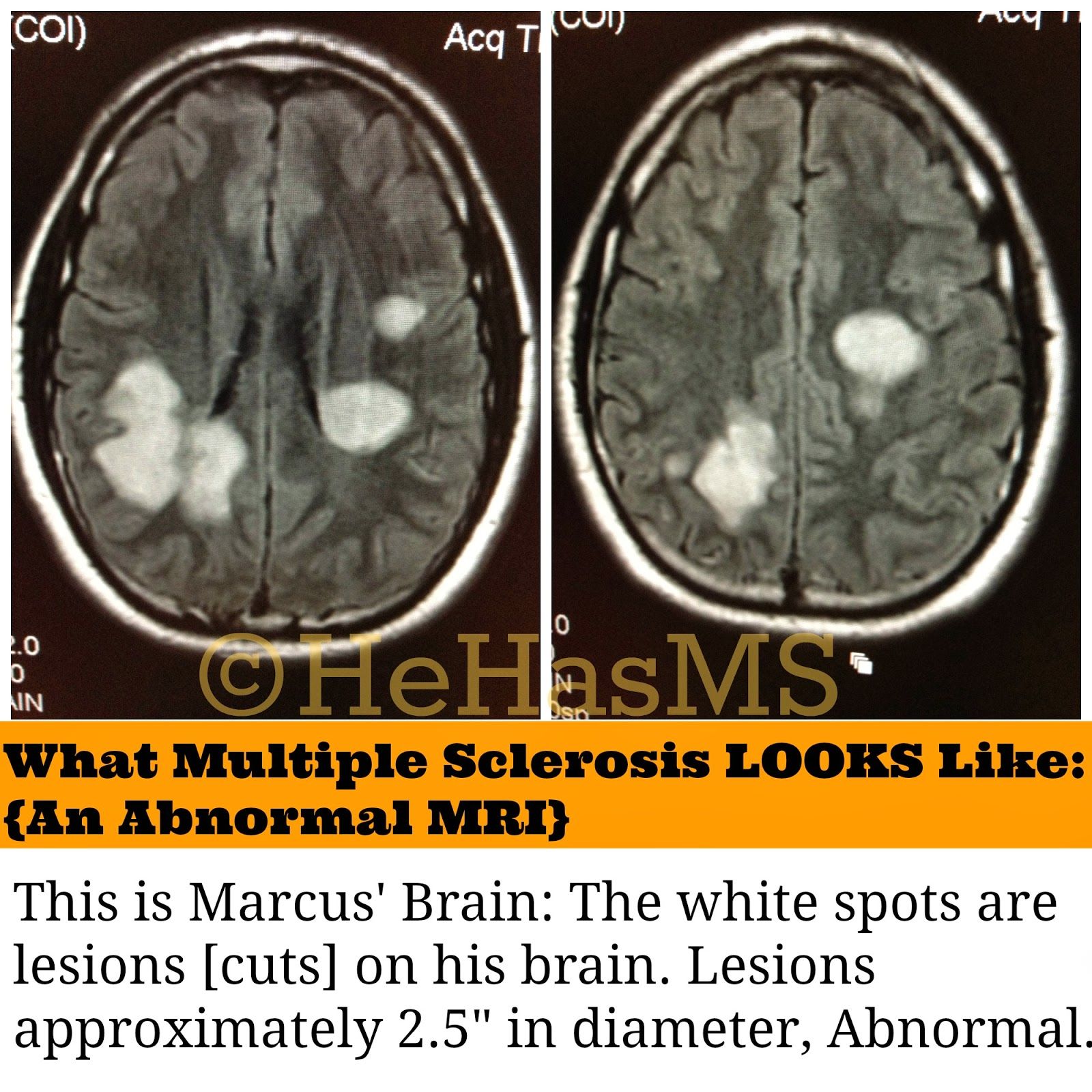 To keep your heart healthy, follow a low-fat, low-salt diet, and get about 2 and a half hours of moderate-intensity exercise each week. Manage diabetes if you have it and keep your cholesterol in check. If you smoke, stop now.
To keep your heart healthy, follow a low-fat, low-salt diet, and get about 2 and a half hours of moderate-intensity exercise each week. Manage diabetes if you have it and keep your cholesterol in check. If you smoke, stop now.
Top Picks
Brain Lesions: Causes, Symptoms, Treatments
Written by WebMD Editorial Contributors
- What Are Brain Lesions?
- What Causes Brain Lesions?
- What Are the Symptoms of a Brain Lesion?
- What Are the Different Types of Brain Lesions?
- How Are Brain Lesions Diagnosed?
- How Are Brain Lesions Treated?
- How Can I Find Out More About Brain Lesions?
- More
When you scrape your elbow, it leaves an area of inflamed skin, or a lesion.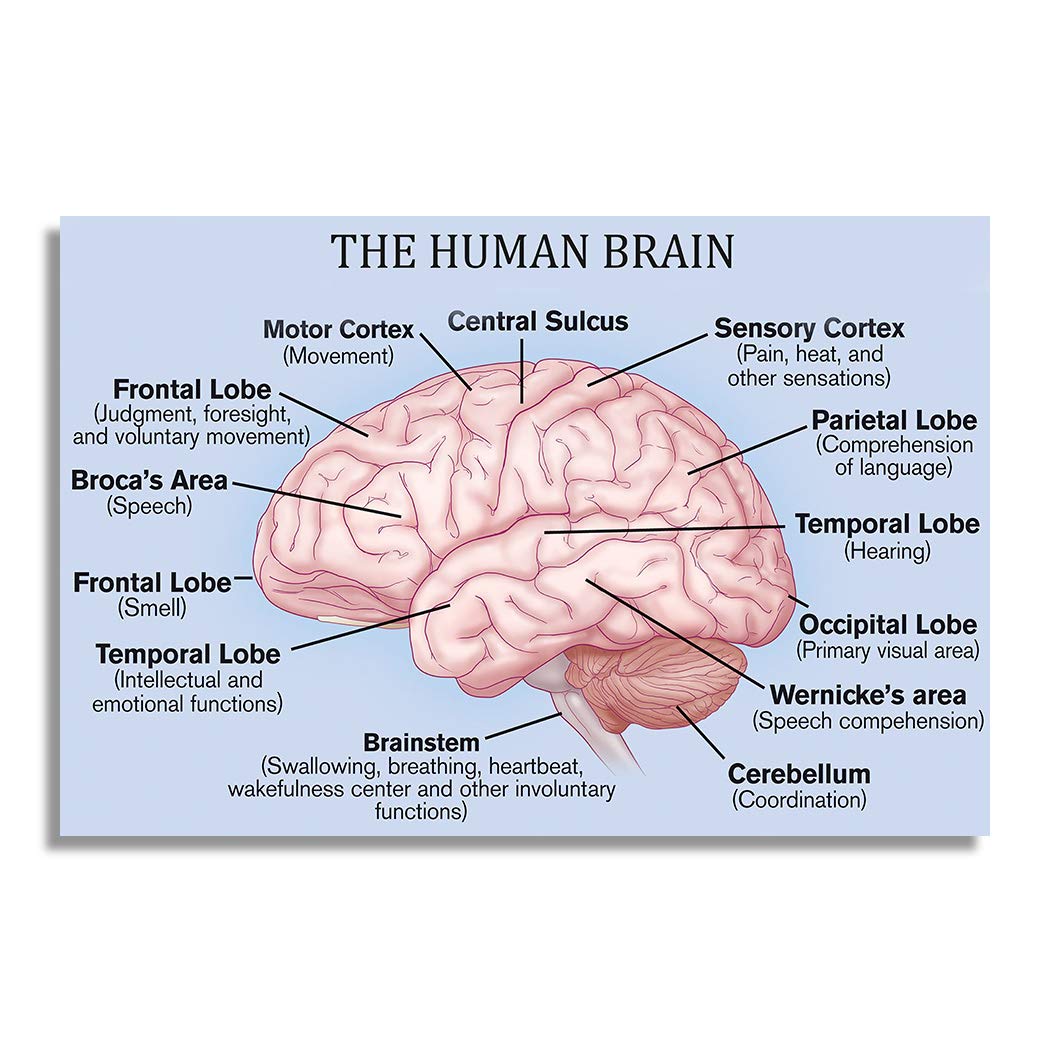 But what are lesions in the brain? And what causes them? How serious are brain lesions and how are they treated? Here is information about this confusing and unsettling health concern.
But what are lesions in the brain? And what causes them? How serious are brain lesions and how are they treated? Here is information about this confusing and unsettling health concern.
A lesion is an area of tissue that has been damaged through injury or disease. So a brain lesion is an area of injury or disease within the brain. While the definition sounds simple, understanding brain lesions can be complicated. That’s because there are many types of brain lesions. They can range from small to large, from few to many, from relatively harmless to life threatening.
Brain lesions can be caused by injury, infection, exposure to certain chemicals, problems with the immune system, and more. Typically, their cause is unknown.
Symptoms of a brain lesion vary depending on the type, location, and size of the lesion. Symptoms common to several types of brain lesions include the following:
- Headaches
- Neck pain or stiffness
- Nausea, vomiting, and lack of appetite
- Vision changes or eye pain
- Changes in mood, personality, behavior, mental ability, and concentration
- Memory loss or confusion
- Seizures
- Fever
- Difficulty moving
Although they share a common definition — injury or damage to tissue within the brain — brain lesions vary greatly. Here are some common brain lesions.
Here are some common brain lesions.
Abscesses: Brain abscesses are areas of infection, including pus and inflamed tissue. They are not common, but they are life threatening. Brain abscesses often occur after an infection, usually in a nearby area, such as an ear, sinus, or dental infection. They can also appear after injury or surgery to the skull. Read more about the causes of abscesses.
Arteriovenous malformations (AVMs): An AVM is a type of brain lesion that occurs during early development. Arteries and veins in the brain grow in a tangle and become connected by tube-like structures called fistulae. The arteries are not as strong as normal arteries. The veins are often enlarge because of the constant flow of blood directly from the arteries through the fistulae to the veins. These fragile vessels may rupture, leaking blood into the brain. In addition, the brain tissue may not receive enough blood to function properly. Damage to the brain may cause seizures as the first symptoms of an AVM.
Cerebral infarction: Infarction refers to death of tissue. A cerebral infarction, or stroke, is a brain lesion in which a cluster of brain cells die when they don’t get enough blood. Recognize the signs and symptoms of a stroke.
Cerebral palsy: This type of brain lesion occurs when a baby is still in the mother’s womb, or during delivery. Cerebral palsy does not progress over time. The brain lesions affect the child’s ability to move, which can also make communication and related skills difficult. However, many children with cerebral palsy have normal intellectual functioning. Read more on the symptoms and types of cerebral palsy.
Multiple sclerosis (MS): With this condition, the immune system attacks and damages the nerve linings (myelin) in the brain and spinal cord. These lesions make it difficult for messages to be sent and received properly between the brain and the rest of the body. Learn more about the symptoms of MS.
Tumors: Tumors are clumps of cells that grow abnormally from normal tissue. Some tumors in the brain are noncancerous, or benign. Others are cancerous. They may start in the brain, or they may spread from elsewhere in the body (metastatic). They may grow quickly or they may remain stable. Get more information on signs and symptoms of a brain tumor.
Some tumors in the brain are noncancerous, or benign. Others are cancerous. They may start in the brain, or they may spread from elsewhere in the body (metastatic). They may grow quickly or they may remain stable. Get more information on signs and symptoms of a brain tumor.
The methods used to find and diagnose brain lesions depend on the symptoms. In many cases, CT and MRI imaging studies help pinpoint the location, size, and characteristics of the lesions. Blood and other lab tests may also be done to look for signs of infection.
Treatment depends on the type of brain lesion. The goals of treatment may be to provide a cure, relieve symptoms, or improve the quality or length of life. Common approaches for treating brain lesions include the following:
- “Wait and see;” if the lesion is not causing problems and is not growing, you may only need periodic checkups.
- Surgical removal of the lesion, if possible; new surgical techniques may make it possible to remove even hard-to-reach lesions.

- Chemotherapy and radiation therapy for lesions that are cancerous
- Medication to fight infections, such as antibiotics or other antimicrobial drugs
- Medication to calm the immune system or otherwise change the immune system’s response
- Medication or other therapies to relieve symptoms associated with the brain lesion
Brain lesions take many forms, so diagnosing and treating them can be complex. That’s why it’s important to discuss individual questions about brain lesions with your doctor. Together, you can determine the best way to proceed in identifying, treating, and living with brain lesions.
Top Picks
What do the spots on the MRI of the brain say?
Dear patients!
You (your relative or friend) can get a 10% discount
for any of our MRI examinations!
This requires:
- Pass an MRI exam
- Leave feedback about the MRI study on
any Internet resource convenient for you - At a return visit
(during the initial visit of your relative or friend) inform
to the administrator, full name of the patient who wrote the review, the date of its
research and present PUBLISHED review.
Enroll
- Home >
- Directory >
- What do the spots on the MRI of the brain say?
Are you worried about your MRI scans?
brain? Do you notice dark or light spots in the images?
spots? Do not panic! Far from always spots speak of
brain pathologies. What do spots on MRI scans mean?
– we tell in this article!
What does an MRI of the brain look like?
MRI scans of the brain usually show predominantly
grey colour. Because the spots on its background stand out especially brightly. They
come in white and black, and depending on this, they can
also differ in their causes.
Black spots on MRI of the brain
Black spots on MRI of the brain may indicate the following:
to hydrogen atoms in the human body. In the event that in some
there are none in places, the tomograph signal simply does not pass):
- In the paranasal sinuses
- At the base of the skull
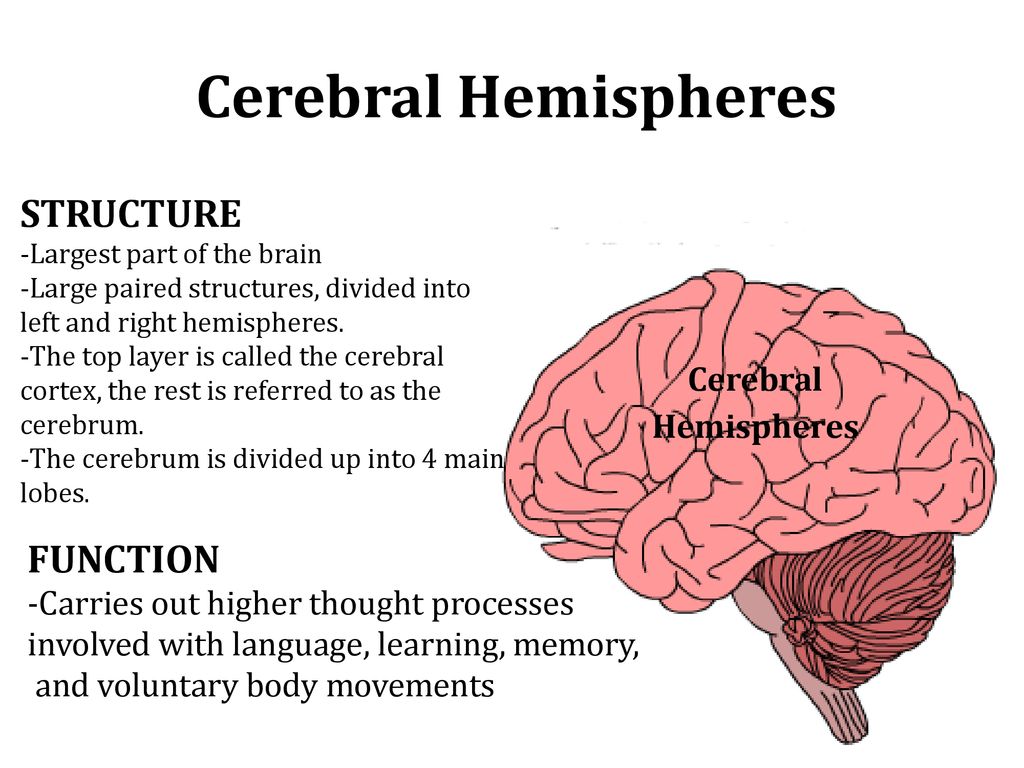
If the first reason is the norm for MRI of the brain, then the rest
talking about pathology. But don’t try to decipher the picture and
diagnose yourself! Most likely this will lead to
miss the true disease.
MRI in our center
Power
1.5 Tesla
High quality
images
Study for
patients up to 250 kg
Recording on disc
for free
White spots on brain MRI
White spots on brain MRI appear in the following cases:
- Criblures (Virchow-Robin perivascular spaces)
an increase in the number of fluid cavities located around the veins
and arteries. Usually not dangerous, but require
consultation with a neurologist. - Multiple sclerosis
perform an MRI with contrast and pass
some laboratory tests. - Edema of the medulla, which may indicate pathologies:
- Benign and malignant tumors
- Injuries
- Inflammations
- Hemorrhages, etc.

- Gliosis is the process of replacing dead neurons with glial cells.
This process is not an independent disease, but speaks of
other pathologies:- Encephalitis
- Epilepsy
- Dyscirculatory encephalopathy and others.
Reasons for the appearance of white spots on MRI of the brain – a lot, and figure it out
only a specialist can do it. Don’t risk your health! trying
independently or with the help of “Internet experts” decipher
results, you can only exacerbate the situation.
If you have any questions,
ask our specialist!
Ask a question
Brain MRI in Moscow
Sign up for an MRI of the brain at the Diagnostic
center of Elena Malysheva! Qualified doctors with many years of experience are at your service.
experience and tomograph of an expert class,
that will allow you to conduct the highest quality examination and obtain
a competent and detailed conclusion for the correct diagnosis!
Sign up for an MRI of the brain at the Elena Diagnostic Center
Malysheva near Baumanskaya metro station (see map)
by phone: 8 (495) 127-03-71 or leave a request on the site.
metro Baumanskaya
(see map)
8 (495) 127-03-71
leave a request
on the website
COVID-19
We comply with increased prevention measures
spread of coronavirus and other infections. We have organized Post
body temperature measurements and processing
hands to each visitor of the clinic. All surface
regularly are treated with disinfectant solution .
Moscow
Perevedenovsky lane, 8
8 (495) 127-03-71
License of the Department of Health of the city of Moscow Lo
7701013912 dated February 22, 2017 Information and prices provided
on the site, are for reference only and are not a public offer.
The information on the page is provided in accordance with the Federal
Law “On the fundamentals of protecting the health of citizens in the Russian Federation”
323 FZ, Law of the Russian Federation “On Protection of Consumer Rights” N
2300-1 and Decree of the Government of the Russian Federation on October 4
2012 N 1006.
© 2014 – 2023. Elena Malysheva Diagnostic Center. Available
contraindications. Consult your doctor. 16+
Development,
maintenance and promotion of the site spb123.ru
We use cookies! By continuing to use the site, you agree to the use of cookies.
Reasons for the appearance of spots on MRI images of the brain
MRI examination is a highly informative and painless diagnostic method that allows you to “look” into any part of the human body without damaging the skin. An MRI of the brain can be used to make a final diagnosis and choose the most effective method of treatment.
You can learn more about how the examination is carried out and MRI prices by clicking on the link.
What is an MRI?
MRI is based on a physical phenomenon – magnetic resonance. Its essence lies in the ability of hydrogen atoms that are present in the human body to change their energy potential under the influence of a magnetic field. An MRI machine can be thought of as a big magnet. It creates a powerful field over the area under study and sends out radio frequency pulses that cause hydrogen atoms to resonate.
An MRI machine can be thought of as a big magnet. It creates a powerful field over the area under study and sends out radio frequency pulses that cause hydrogen atoms to resonate.
In different tissues, the amount of hydrogen is different, including those that are covered by pathological processes, so the information from them will differ from healthy organs. Atomic resonance data are read by special sensors and then processed by a computer program that reconstructs the image in the form of slices.
The device gives three-dimensional images in three projections and makes many slices, the thickness of which is set by the doctor on an individual basis, more often it is 2-4 mm. Due to such a large number of sections, the smallest changes can be detected.
What does an MRI image look like?
During the examination, an image is obtained, which is a black sheet, where cerebral structures are displayed in several planes. Images are represented by darkened and brightened zones.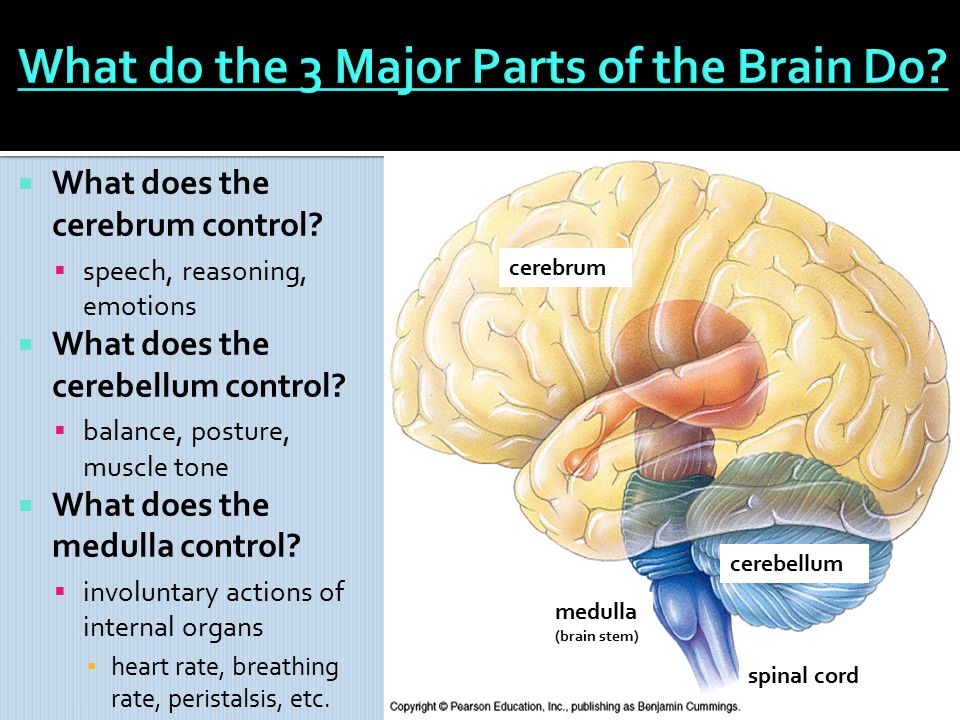 Thanks to this contrast, the doctor can see all the details that are caused by the sequence of radio frequency pulses.
Thanks to this contrast, the doctor can see all the details that are caused by the sequence of radio frequency pulses.
During the study, the device produces a series of images, each of them is a layered section of tissues, which displays in detail:
- white matter;
- lobes and furrows;
- ventricles;
- stem;
- cerebellum;
- sinuses;
- vascular structures.
MRI can detect almost any intracranial pathology, such as congenital malformations, tumors, epilepsy, demyelinating processes, sella turcica and others.
Image interpretation
Results are evaluated using a special protocol that includes several stages. The data obtained are compared with the indicators of the norm. If a pathological focus is detected, the doctor indicates its localization, distribution area, shape, color, specific characteristics. The contours of a healthy brain have the correct shape, clear furrows that delimit the hemispheres into lobes.
Changes in the MR signal may be caused by:
- edema;
- tumor transformation;
- gliosis;
- vischemia fabrics;
- degenerative processes;
- necrosis;
- purulent fusion and others.
If there are no pathological processes, all structures remain morphologically and anatomically intact – there are no focal and diffuse changes in them. In case of detection of cerebral abnormalities, contrast may be required to increase the information content of MRI. If the scan results do not reveal any abnormalities, no other studies are needed.
White spots on MRI images
The predominant color on the images is gray. The appearance of white and dark spots can be both a manifestation of the norm and pathology. Whites may indicate the presence of:
- benign and malignant tumors;
- abscess;
- intracerebral hematoma;
- encephalitis;
- epilepsy;
- blood clot;
- multiple sclerosis;
- encephalopathy and other pathologies.

Focal changes can be both single and multiple, large, small and diffuse.
Black spots on MRI images
The appearance of a deep black spot may indicate signal loss from structures where there are no hydrogen atoms. This is due to the fact that the work of any magnetic resonance imaging scanner is tuned to hydrogen atoms, which are very numerous in the body. If the tissue does not contain it, then the loss of the MR signal is observed, which is manifested by pronounced hypointensity.
That is, a black spot can normally be observed from the air, which is contained, for example, in the paranasal sinuses, the outer cortical plate of the bones of the cranial vault and its base. But air can also be a manifestation of pathology, if there is pneumocephalus, abscesses, wound channel. An exact decoding can only be given by a specialist, on his own, without a thorough knowledge of physiological and pathological anatomy, it will not work to understand the image.
MRI of the brain in the center “DonMed”
Diagnostic center “DonMed” offers a full range of functional and laboratory diagnostics. The clinic’s specialists perform magnetic resonance imaging of the brain using a high-resolution Philips Achieva 1.5T device. It is versatile and provides high-quality visualization to reveal the smallest pathological foci.
After deciphering the MRI data, the patient can get a medical consultation to determine further tactics of action, draw up a treatment plan. In the clinic “DonMed” you can pass urgent tests, undergo ultrasound, ECG and other types of studies, complex diagnostics.
Diagnostics is carried out by appointment. To get a detailed consultation, sign up for a convenient time for you, call the specified phone number or fill out an application for feedback.
You can find out the prices for MRI by clicking on the link.
The staff of the medical center consists of experienced, competent doctors who constantly improve their skills and know everything about innovative diagnostic methods.


